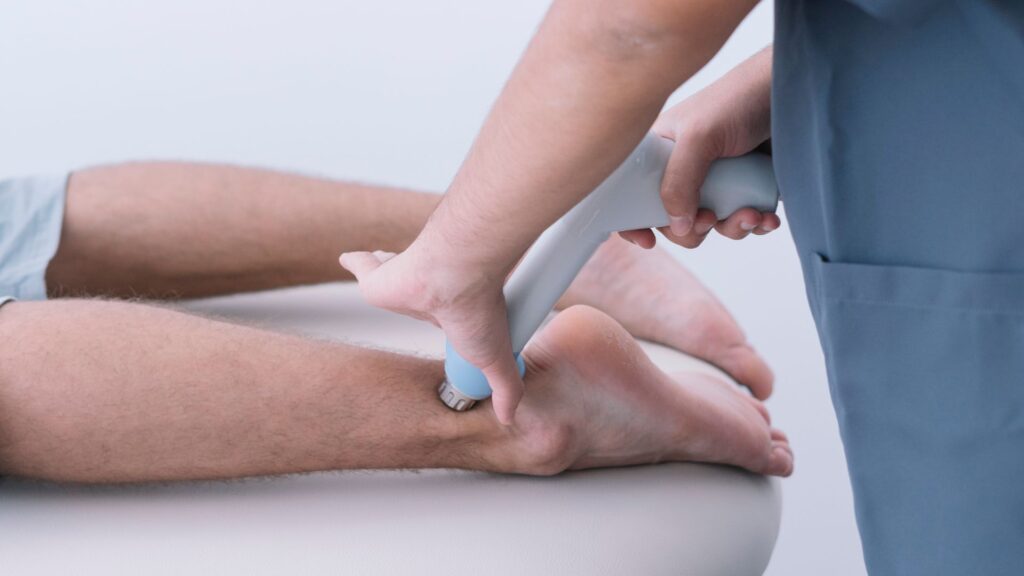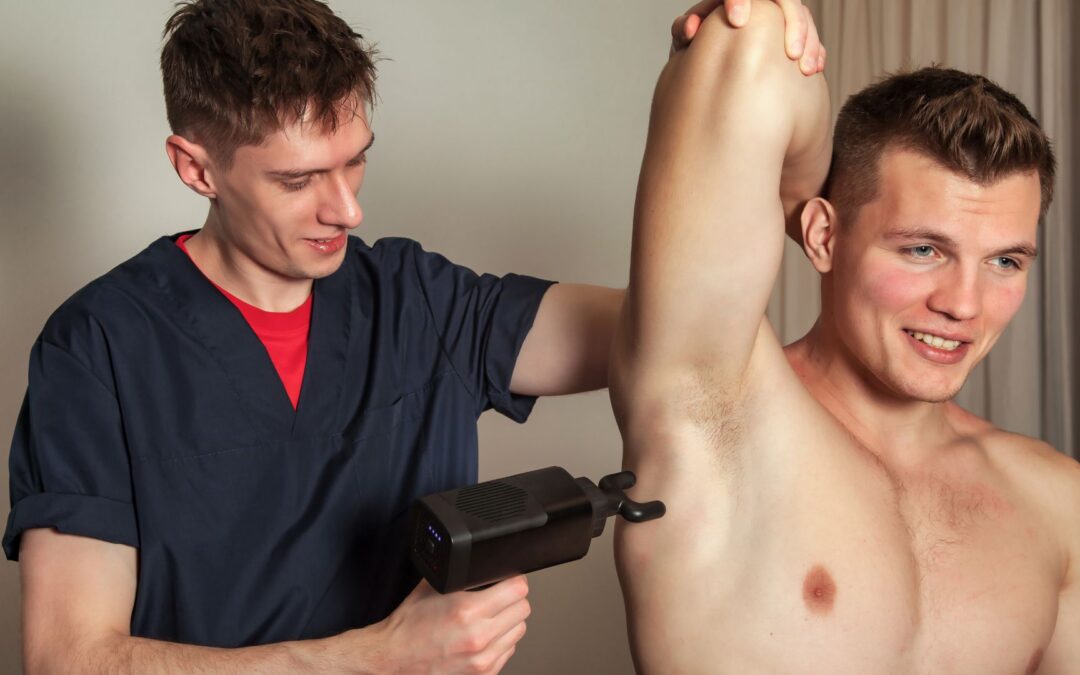
If you are preparing for your first chiropractic visit, you may be curious about the different methods that go beyond spinal adjustments.
One of the most effective and gentle therapies offered is soft tissue release (STR)—a technique designed to relax tight muscles, restore mobility, and reduce discomfort naturally.
1. Understanding Soft Tissues
Soft tissues are non-bony structures that support movement and stability in the body. They include:
- Muscles: Generate movement and provide strength.
- Tendons: Connect muscles to bones.
- Ligaments: Stabilize joints by connecting bones to bones.
- Fascia: A connective tissue network that surrounds and links all muscles and organs.
When these tissues become tight, inflamed, or scarred, they restrict motion and may compress nerves, leading to pain and dysfunction.
2. Causes of Muscle Tightness
Muscular tightness can develop from a variety of sources, including:
- Repetitive Movements: Overuse in sports, work, or daily activities.
- Sedentary Lifestyle: Prolonged sitting weakens and shortens certain muscle groups.
- Stress: Emotional tension manifests physically in neck, shoulders, and back.
- Injury or Trauma: Leads to scar tissue formation and restricted movement.
- Postural Imbalances: Misalignment of the spine or pelvis places stress on soft tissues.
If left untreated, chronic tightness can evolve into long-term musculoskeletal problems.
3. What Is Soft Tissue Release (STR)?
Soft tissue release is a therapeutic technique designed to reduce tension and restore elasticity in muscles and fascia. It combines:
- Gentle Pressure: Applied with hands or specialized tools.
- Controlled Stretching: Lengthens shortened fibers and relieves stiffness.
- Precise Movements: Target specific trigger points and adhesions.
Unlike aggressive massage or deep manipulation, STR prioritizes comfort and gradual release, making it suitable for a wide range of patients.
4. How STR Works in the Body
The mechanism of soft tissue release involves several physiological effects:
- Breaking Down Adhesions: Scar tissue and fibrous knots are softened and dispersed.
- Restoring Blood Flow: Improved circulation delivers oxygen and nutrients to tissues.
- Neurological Reset: Pressure stimulates receptors in muscles, signaling them to relax.
- Pain Modulation: The nervous system reduces pain perception as tension decreases.
This combination allows patients to experience both immediate relief and long-term improvement.
5. Benefits of Soft Tissue Release
Pain Relief
STR alleviates pain associated with tension headaches, lower back discomfort, and overuse injuries.
Improved Flexibility and Mobility
By lengthening tight fibers, joints regain their natural range of motion.
Faster Recovery from Injury
STR accelerates healing by reducing scar tissue and improving tissue repair.
Stress Reduction
Gentle manual therapy encourages relaxation and lowers stress hormones.
Whole-Body Wellness
Patients often report improved posture, energy, and general well-being.
6. Conditions Treated with STR
Soft tissue release can benefit patients with:
- Neck and shoulder tension
- Lower back pain
- Carpal tunnel syndrome
- Plantar fasciitis
- Sports-related strains
- Postural imbalances
- Fibromyalgia-related stiffness
Because the technique is non-invasive and adaptable, it is safe for patients of all ages.
7. STR vs. Other Techniques
STR is often compared to massage, myofascial release, and trigger point therapy. While similar, STR is distinct because it:
- Focuses on specific shortened fibers rather than general relaxation.
- Involves active participation from patients, such as gentle movements during treatment.
- Is frequently integrated with chiropractic adjustments for holistic care.
This combination ensures not only local relief but also systemic improvements in mobility and function.
8. Integrating STR with Chiropractic Care
Chiropractic care focuses on spinal alignment and nervous system health. When paired with STR:
- Adjustments become easier and more effective due to relaxed muscles.
- Patients maintain alignment longer since tension is reduced.
- Pain and dysfunction are addressed from both structural and soft tissue perspectives.
This integrative model provides comprehensive musculoskeletal care.
9. What to Expect During a Session
During a soft tissue release session:
- The chiropractor identifies the tight or restricted areas.
- Gentle pressure and stretching are applied to release tension.
- Patients may be asked to move slightly during treatment to enhance results.
- Relief is often immediate, though multiple sessions may be recommended for chronic conditions.
Treatment is safe, comfortable, and personalized to each individual’s needs.

Conclusion
Tight muscles and restricted soft tissues are more than an inconvenience—they can limit mobility, increase pain, and diminish quality of life.
Soft tissue release provides a safe, gentle, and scientifically informed method to ease tension, restore mobility, and promote overall wellness.
👉 Ready to experience relief? Contact Family Chiropractic of Clark today to schedule your consultation and discover how soft tissue release can transform your health.
